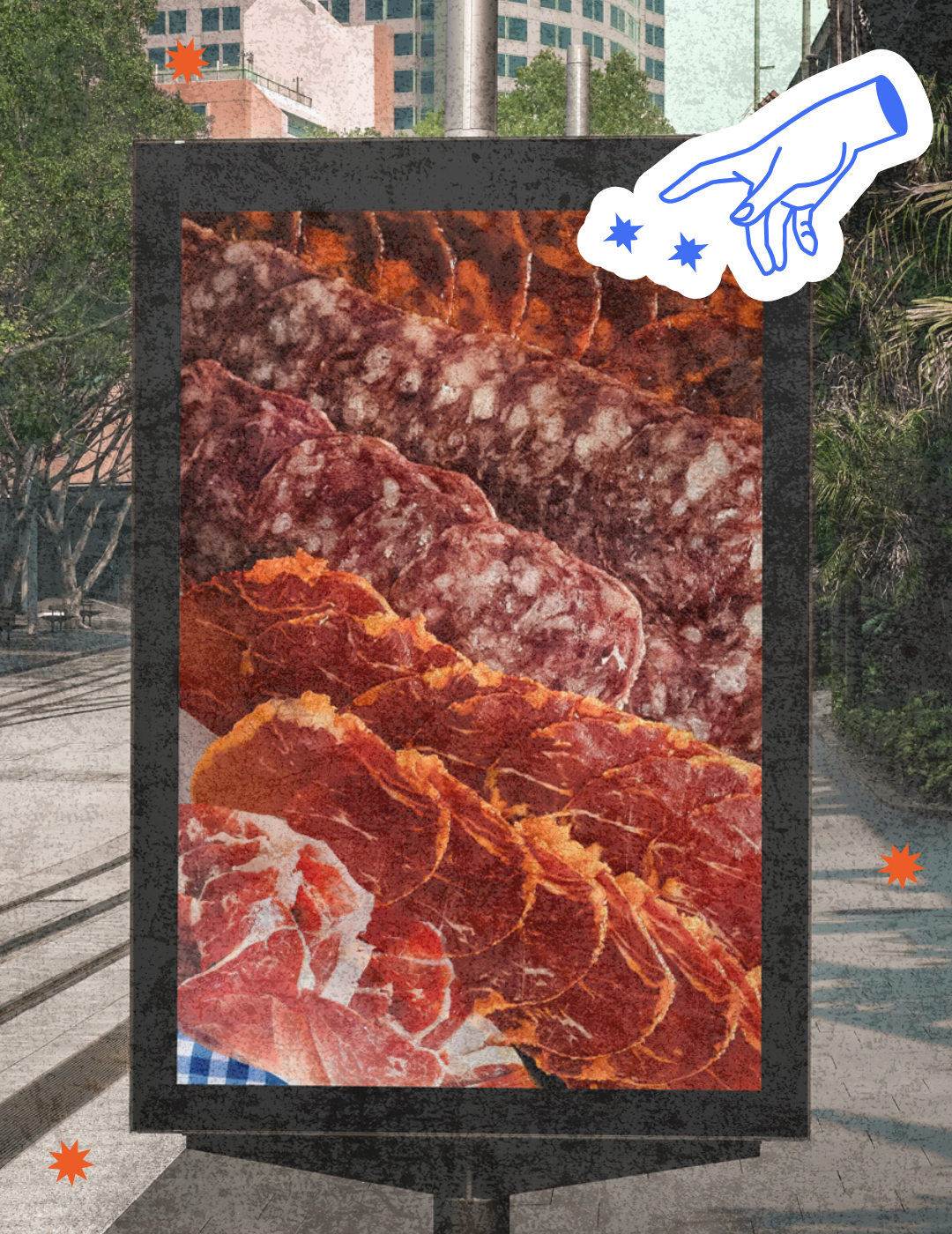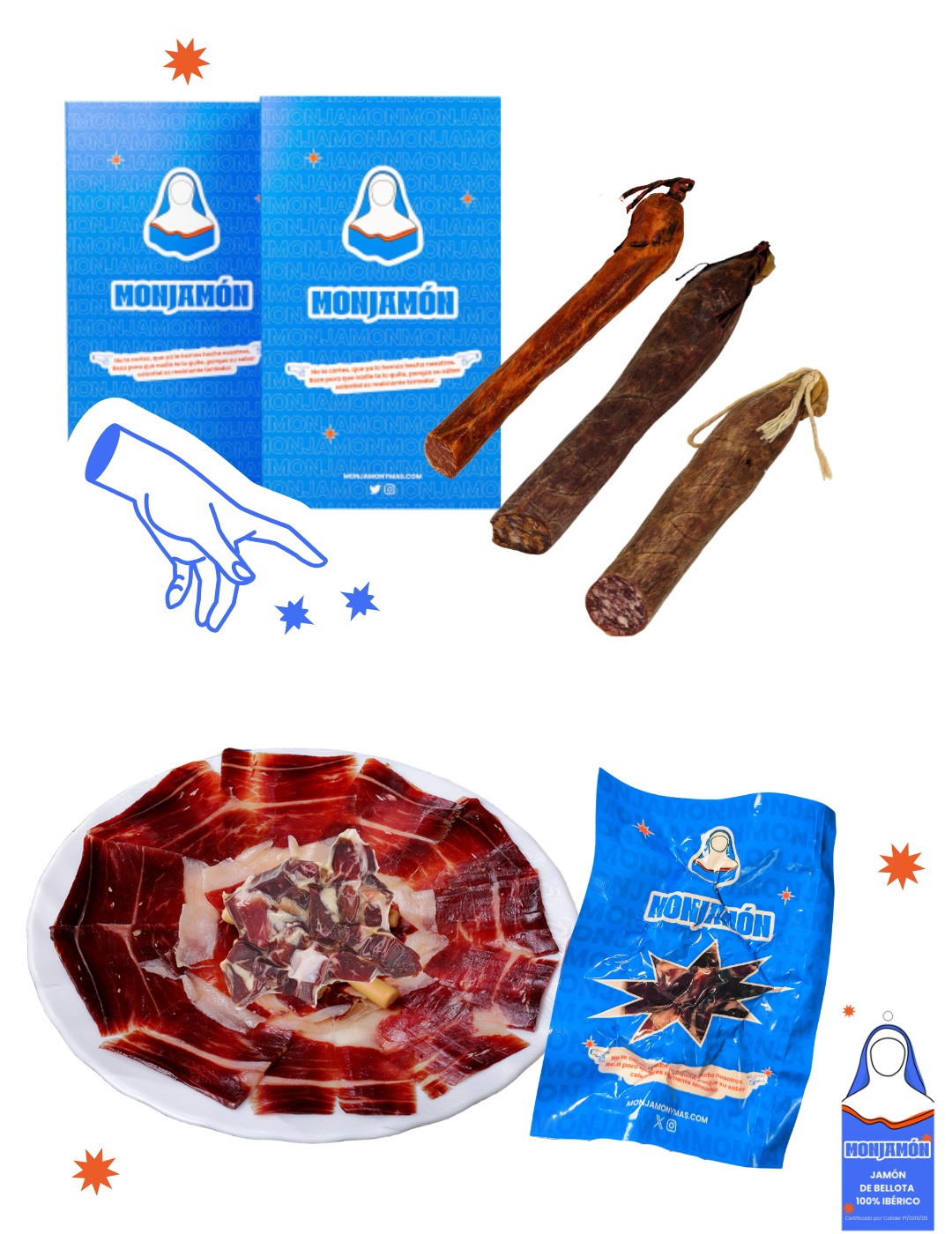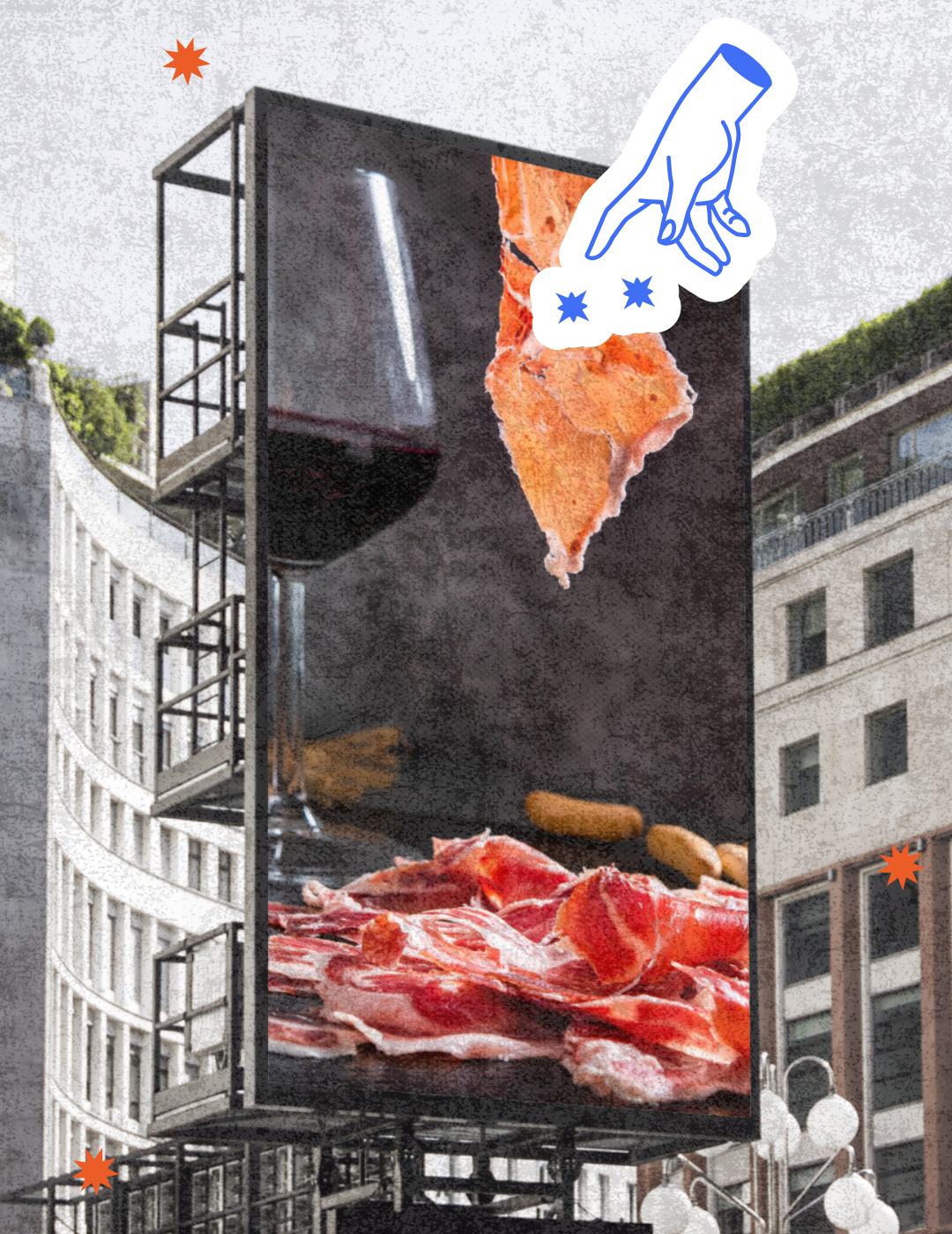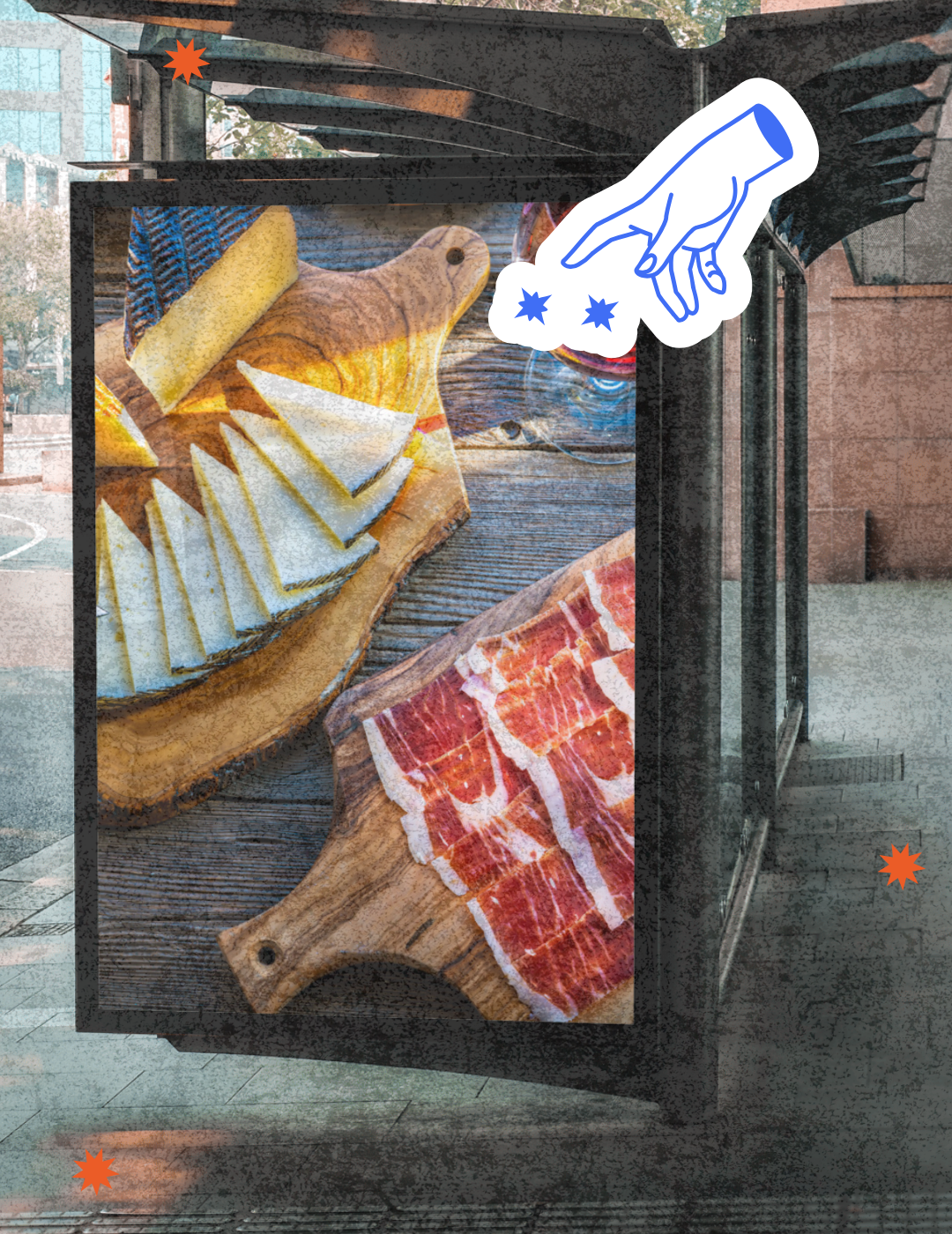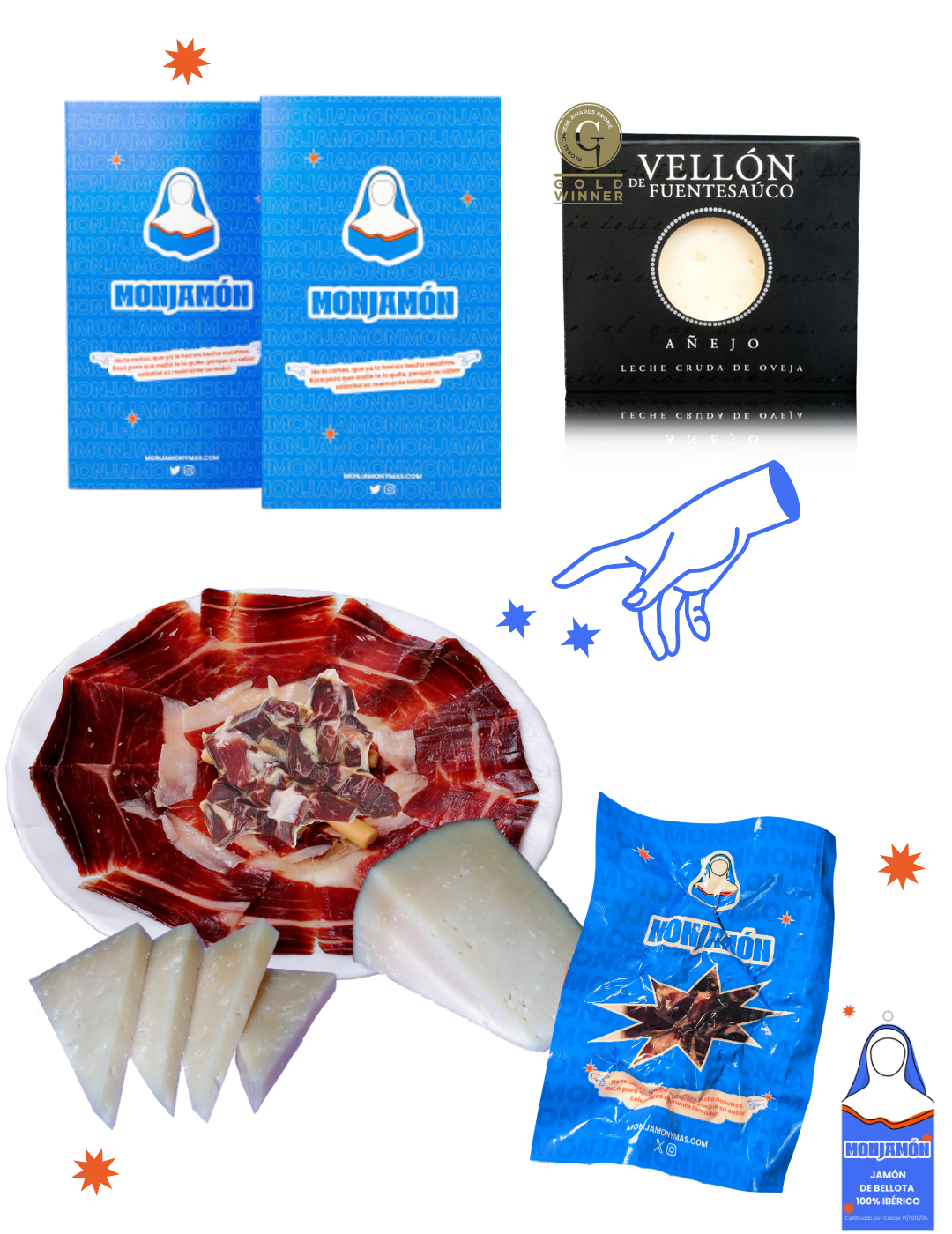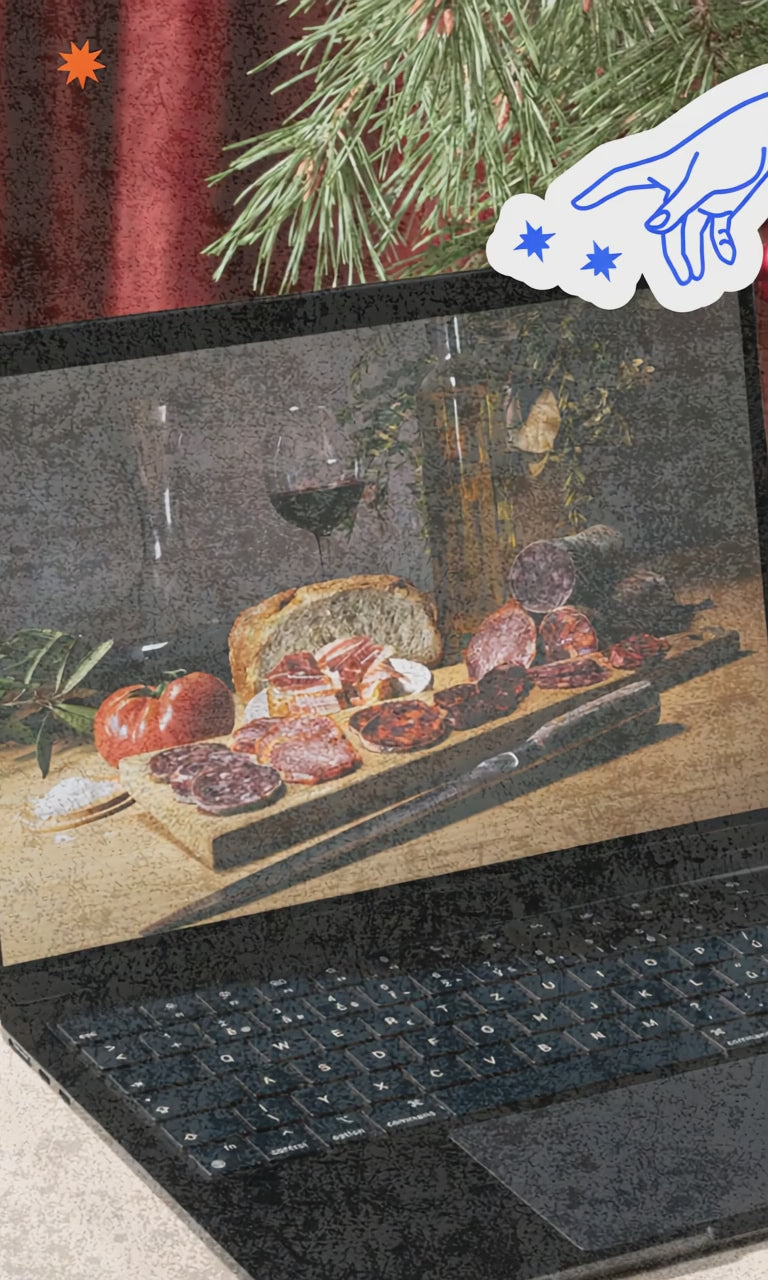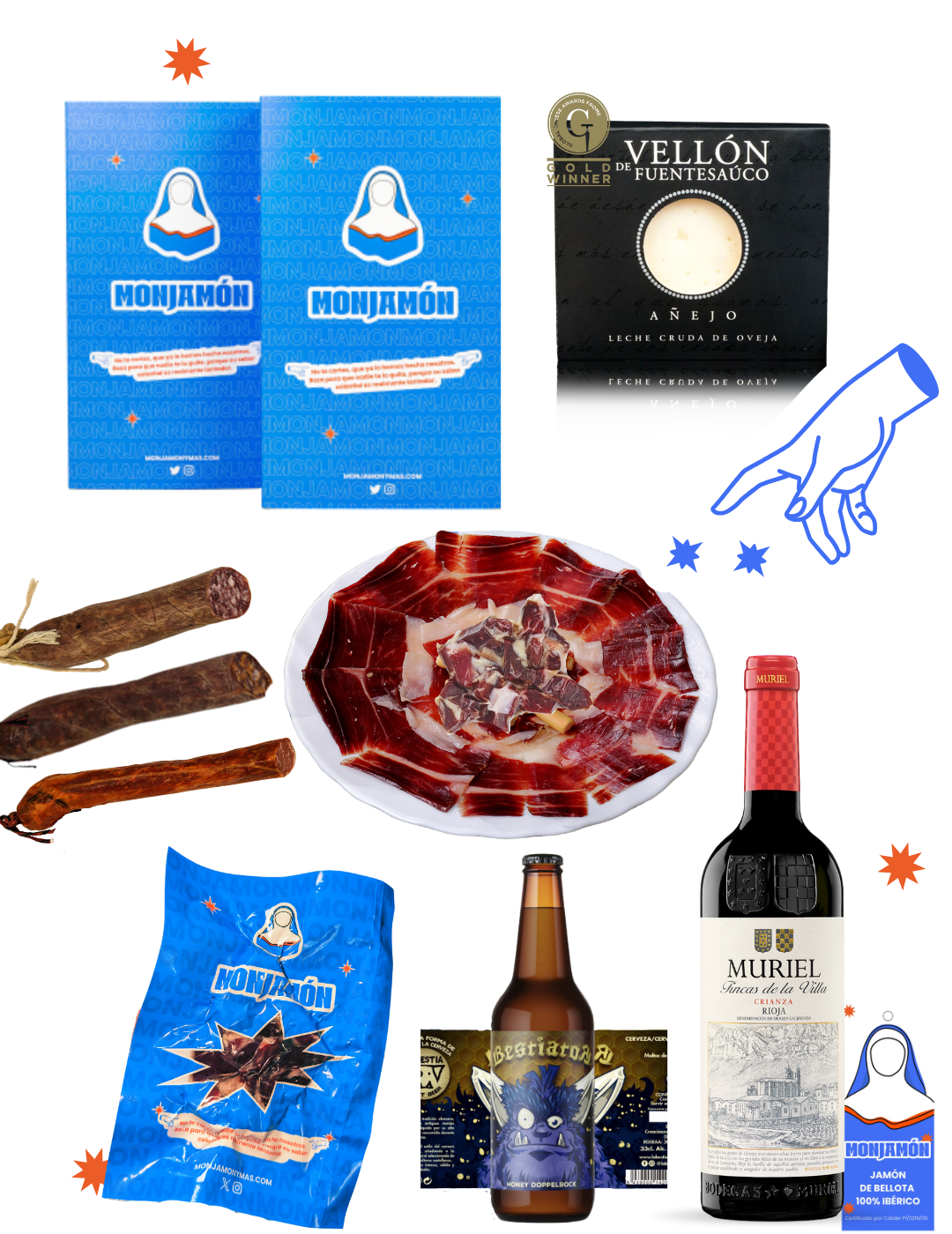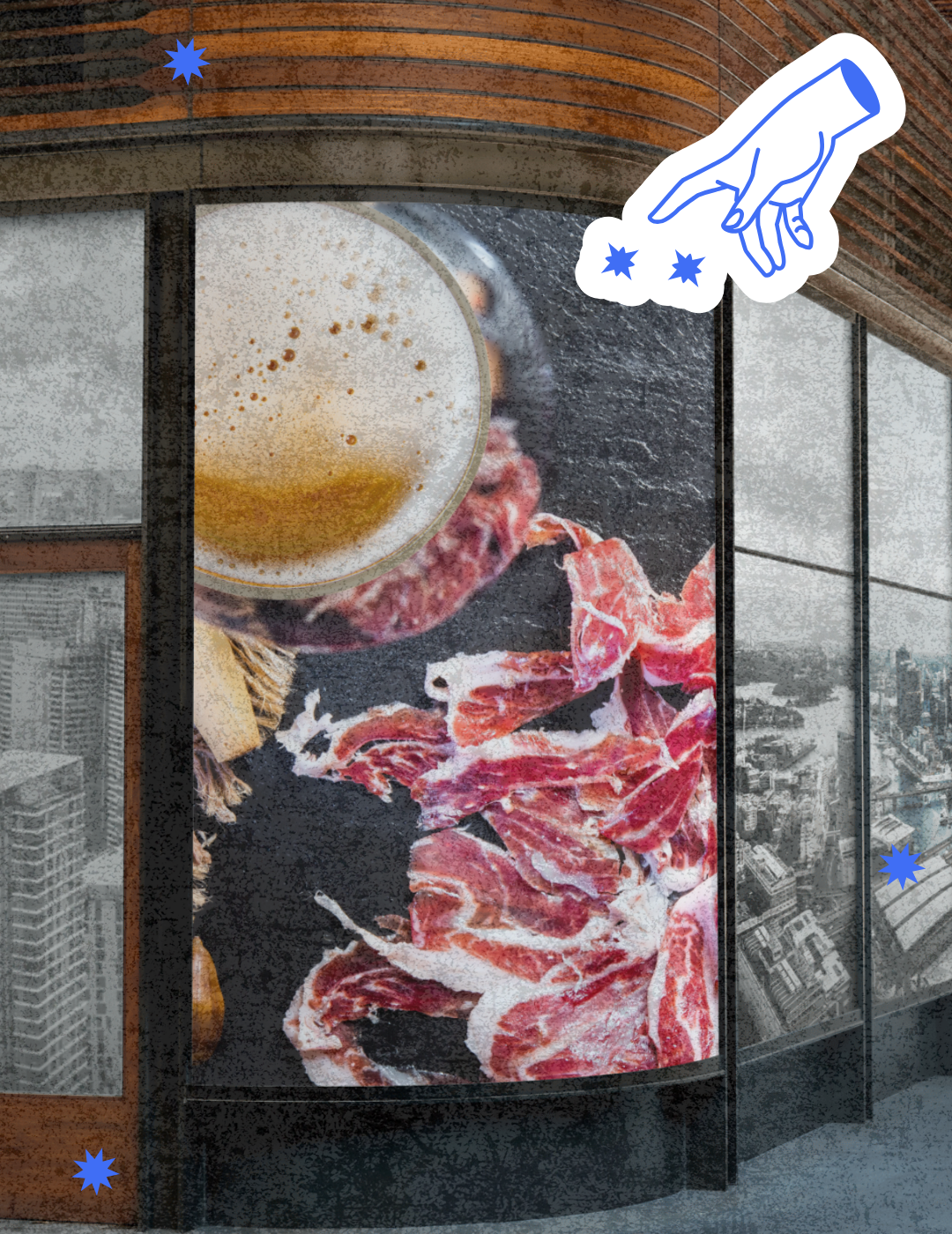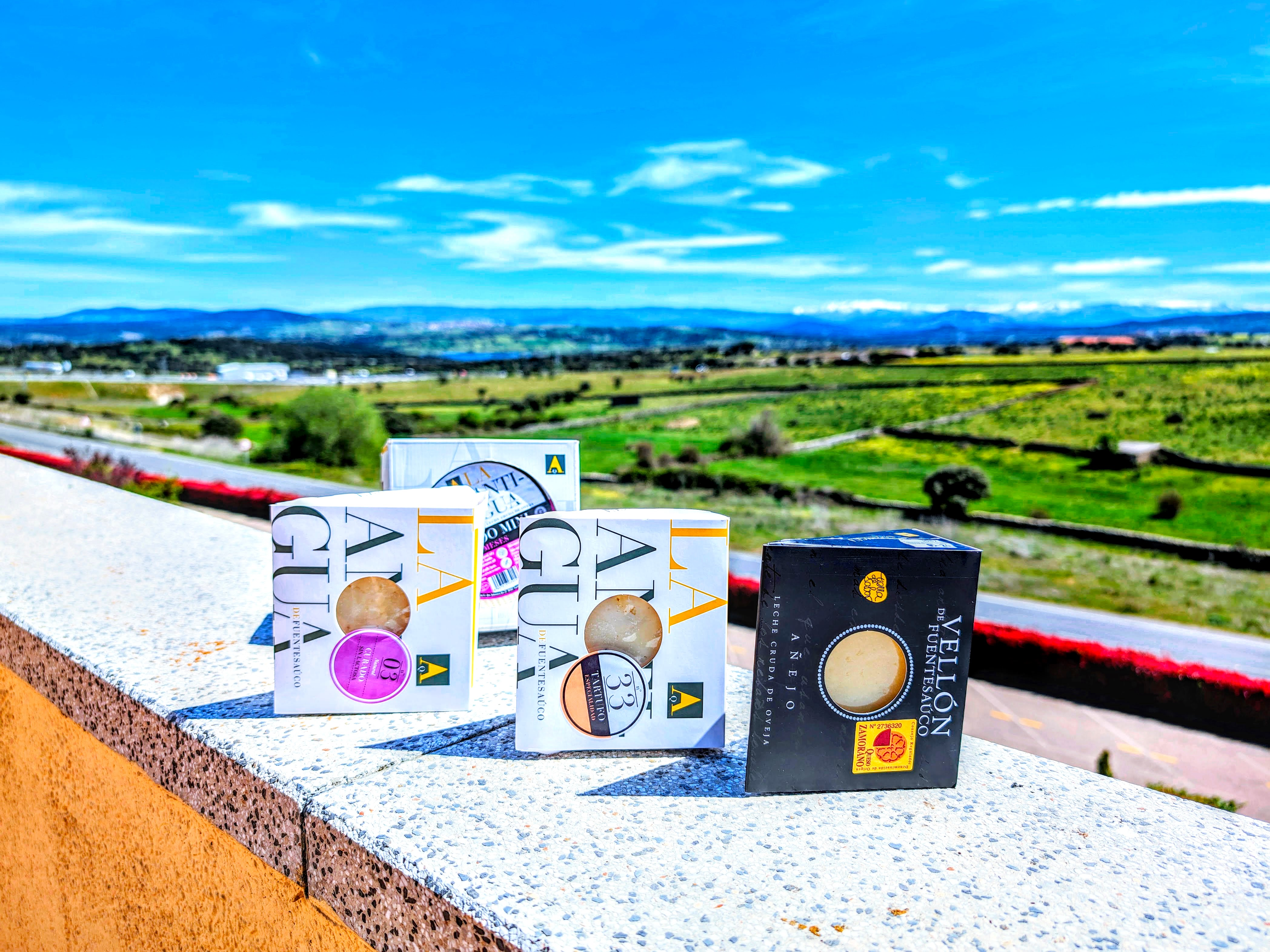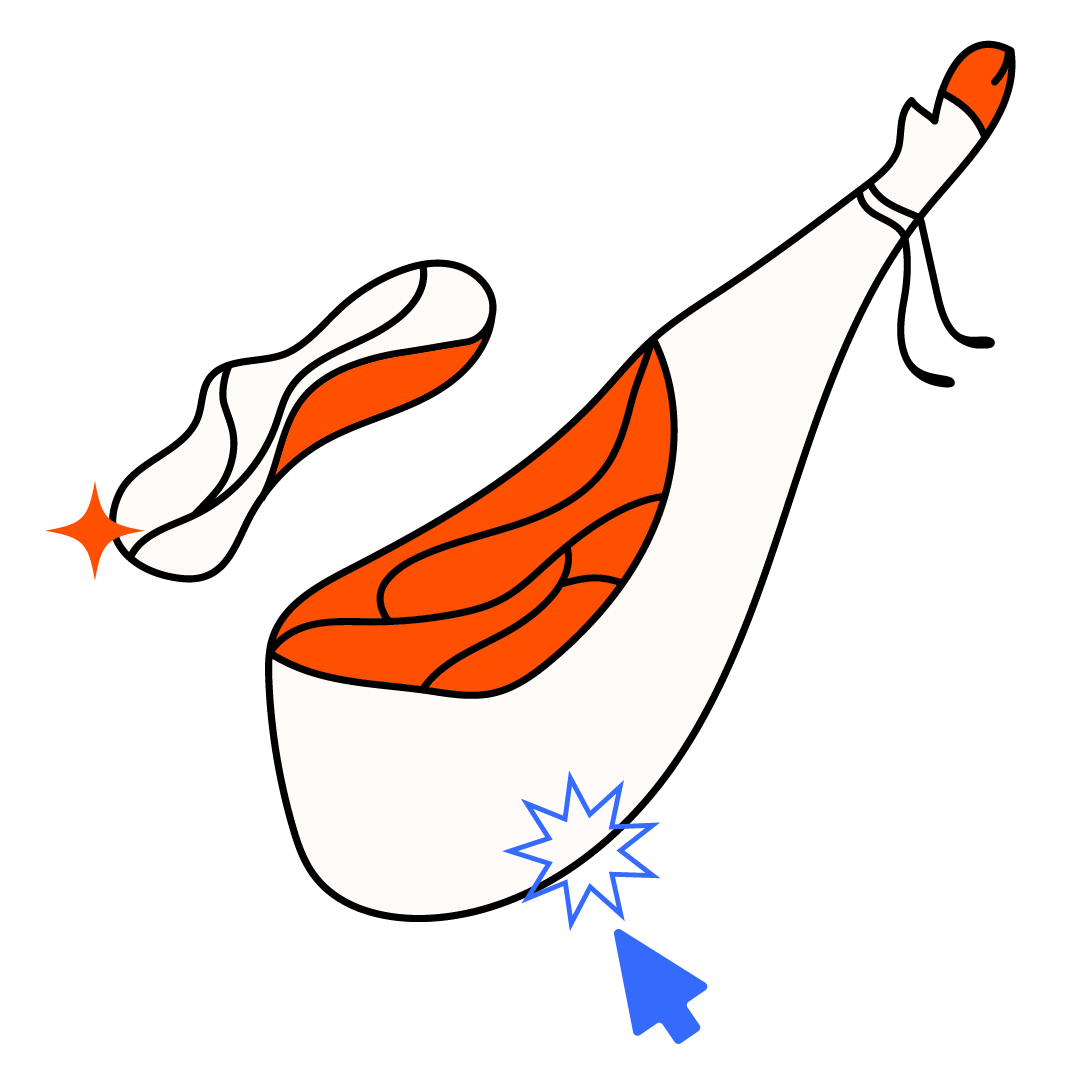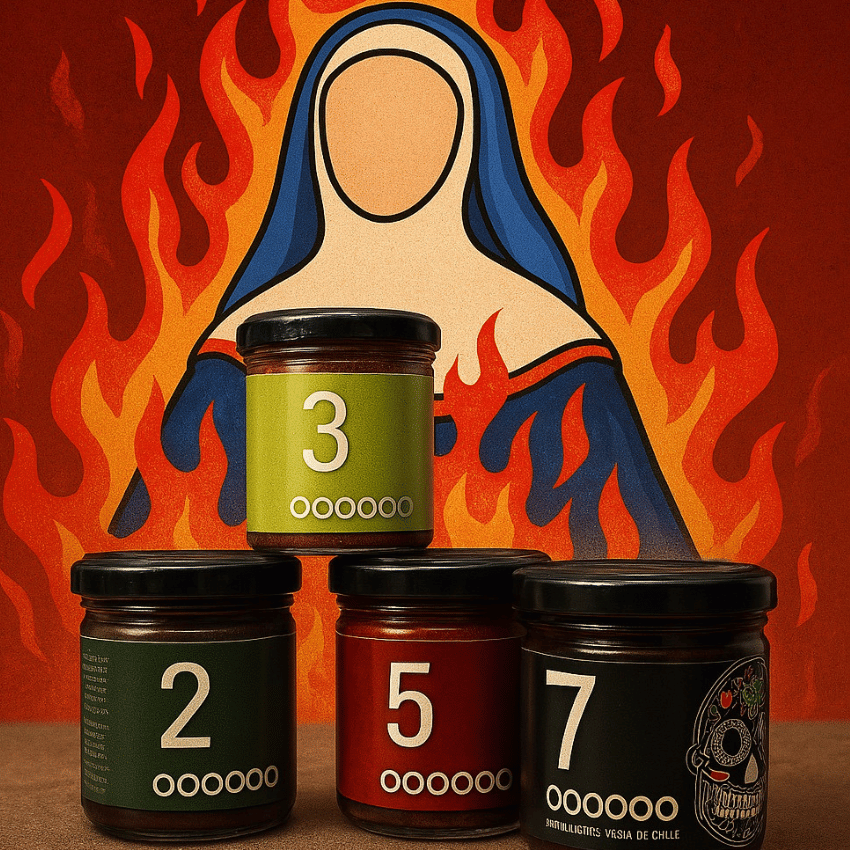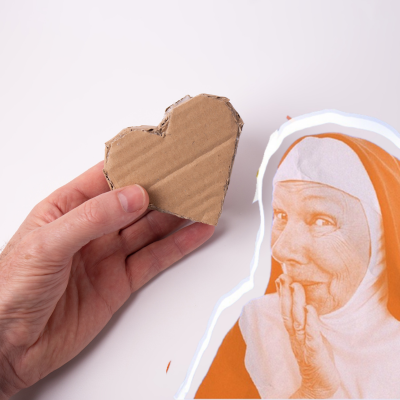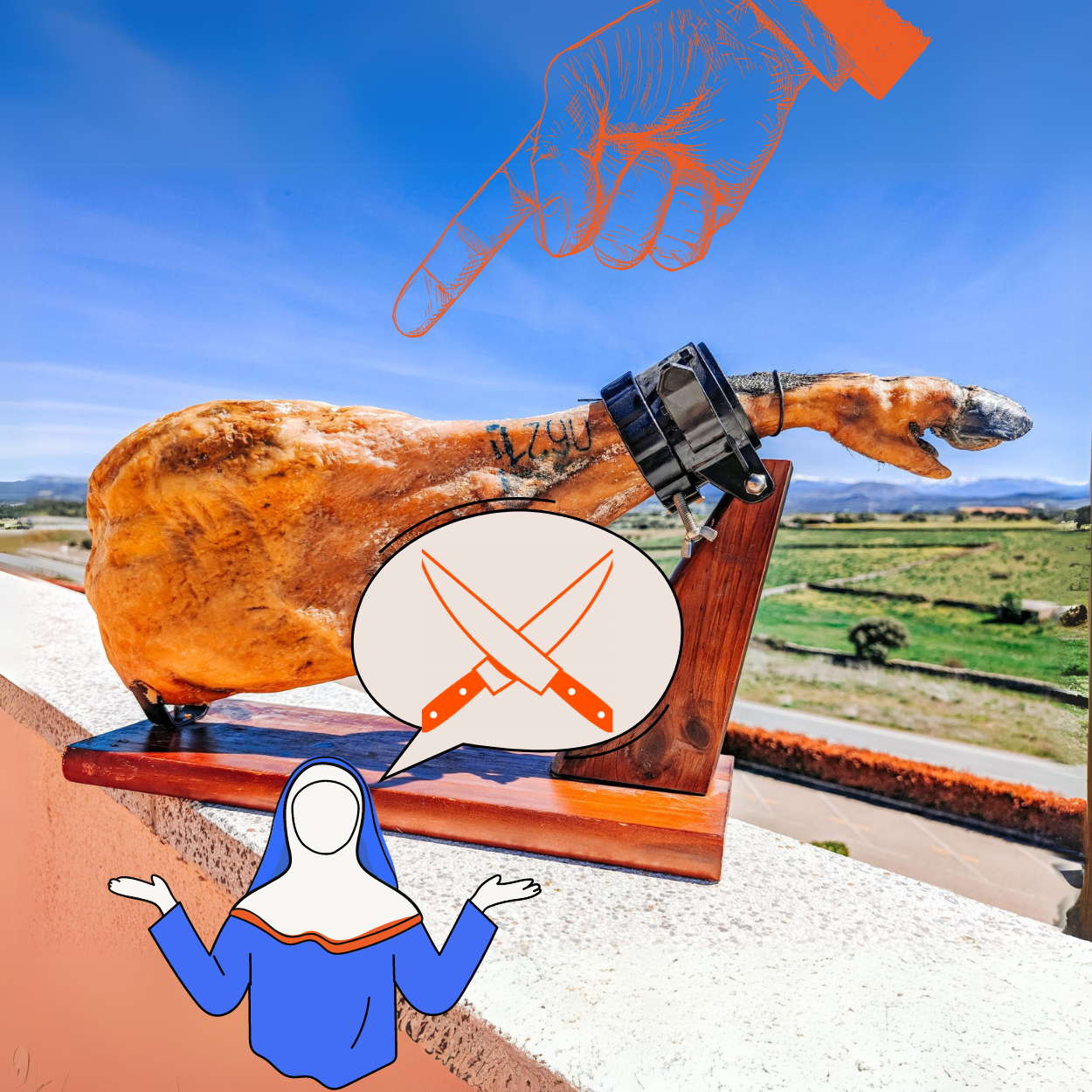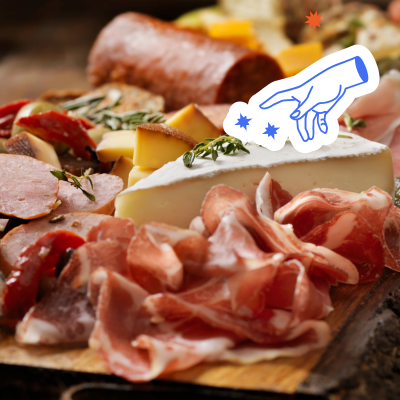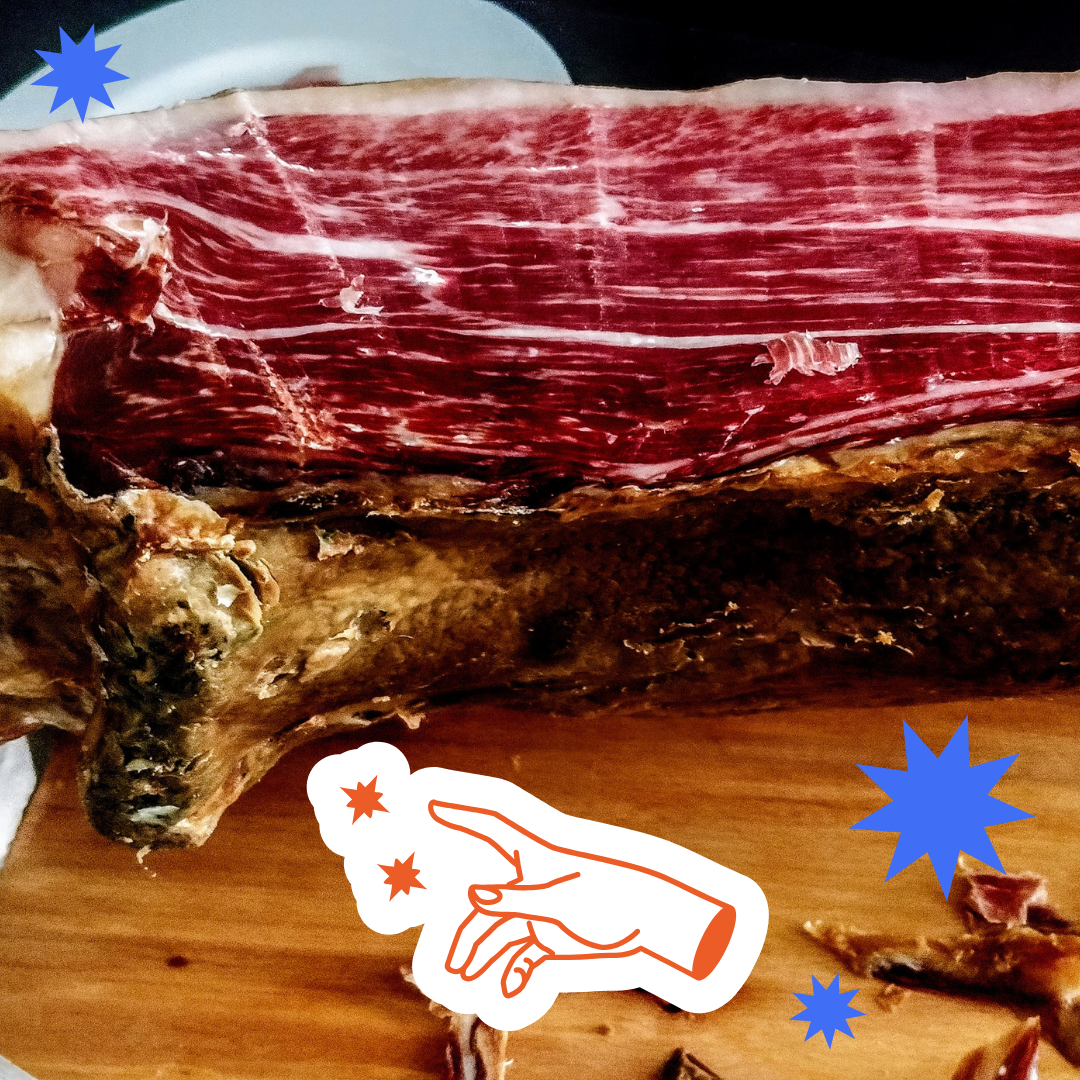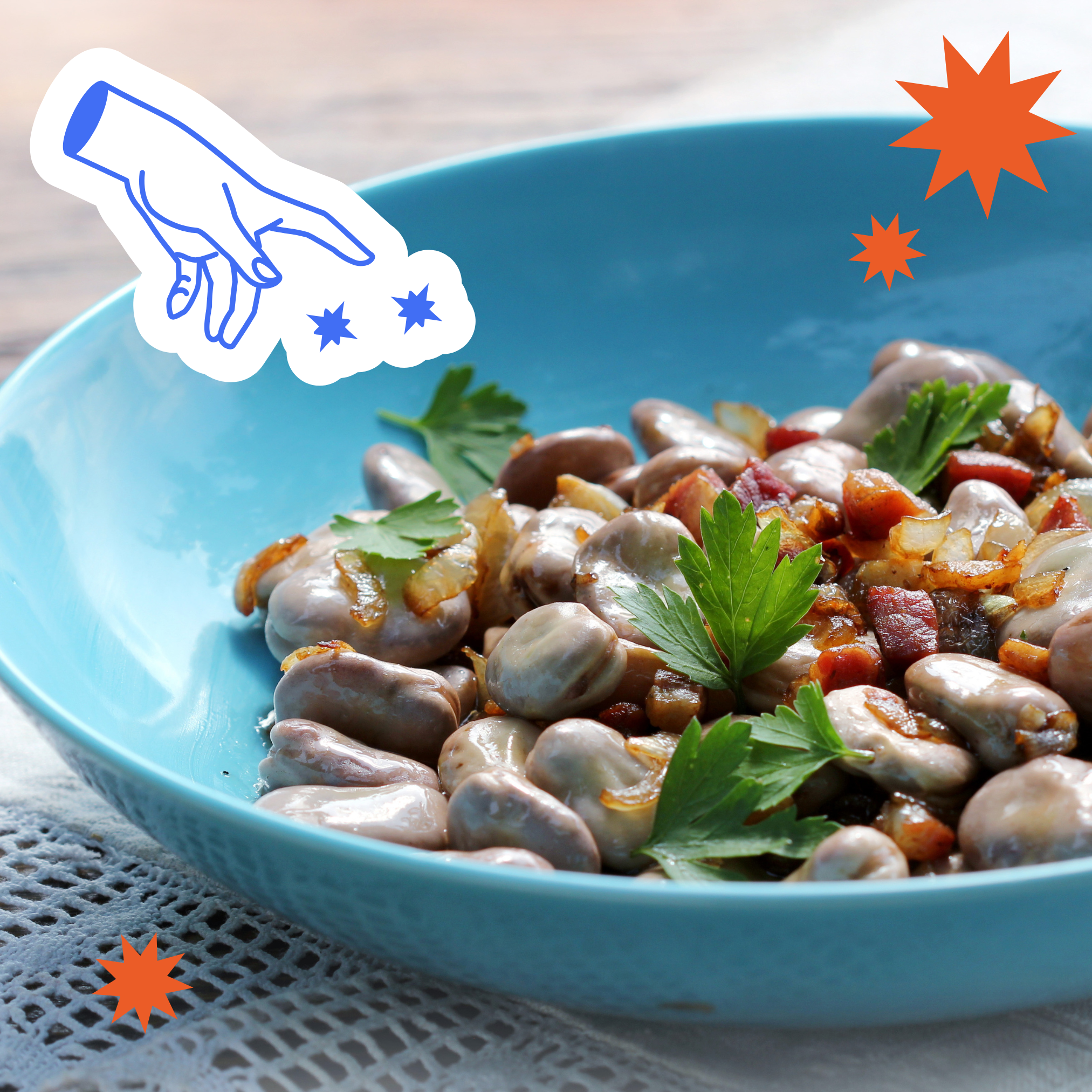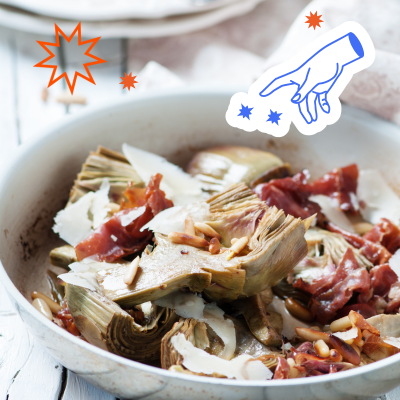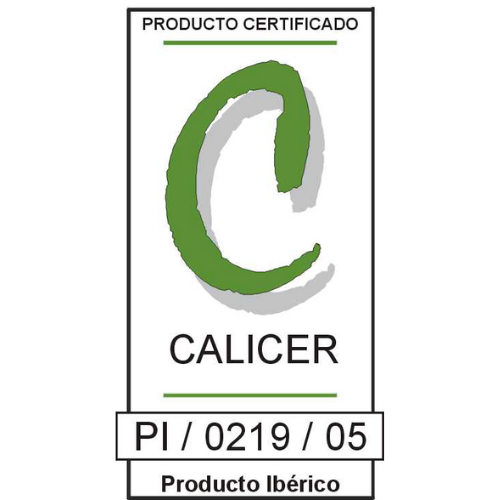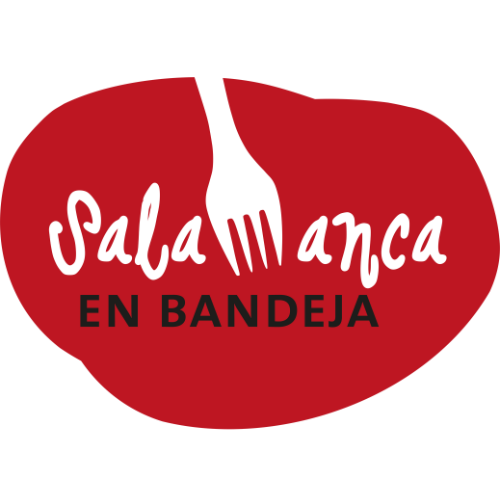The fear of not knowing how to cut Iberian ham at home can often get the better of us. And while the breed of pig and the type of diet the animal has had throughout its life are essential factors that determine the flavour of the piece, the cut also influences it . A thin, narrow slice that fits completely in your mouth will allow you to enjoy an explosion of flavours and all the nuances of Iberian ham, but it is not always easy to get it.
Buying your favorite sliced products is always a good option , but sometimes we like to enjoy the whole process, even if we are not very clear on how to cut Iberian ham at home.
Receive the whole leg at home, ham or shoulder, whatever we prefer. Unwrap it, place it on the ham holder and enjoy the smell, the cut of the knife, the edge passing over the meat. A real spectacle where the spotlight is shared between the Iberian ham and the master ham maker .
What do I need to cut an Iberian ham at home?
Before starting it is important to have all the necessary tools:
1. Ham holder : if you have recently gone shopping for one, you will have seen that there are many types. We have the horizontal ham holder, which is the most common, but we can also find vertical ham holders. You can find them in wood, stainless steel, tilting, fixed, mobile, folding... endless options. Don't worry, at Don Ibérico we have already explained the characteristics of each one so that you can choose the one that best suits you.
2. Knives : in plural, yes. You will need at least three different types of knives. First, the ham knife: long, with a flexible blade and the most important. The rind-removing knife, as its name suggests, is the one used to remove the rind from the ham or shoulder: it is short, with a wide and rigid edge. Lastly, you will need the boning knife: with a small blade of about 15 cm, rigid and narrow that ends in a point.
3. Sharpening steel: a good ham needs a good cut and for this we must have our knives well sharpened and settled (leaving the edge flat or smooth). This is what the sharpening steel is used for.
Some extra tips:
To ensure the best cut it is important that:
- Keep the knife angle at 45º.
- Know the different areas of the leg, so you know what cut involves and what knives you need.
- Make the cut as far away from you as possible and with all tools clean.
How do I make a good cut?
Once you have all the tools at your disposal and you know the extra tips, it is time to start cutting the ham or shoulder .
By following this guide, you will always be the first person on the guest list. Take note.

1. Placement
Place the piece of meat on the ham holder so that it remains completely still. This way, you will be sure to make the cuts accurately and without danger to yourself.
2. Peeling
It is at this point that the peeling knife is used.
It consists of removing the leather that covers it and part of the fat cover . You must start with a cut perpendicular to the leg and circular at the height of the hock (4). You will make tangential cuts on the sides and, only in the case in which it is going to be consumed in a short time, will it be peeled whole.
3. Cutting: where it is done
We change knives and move on to the ham holder.
If we are going to eat the ham soon or we want a more attractive cut, we will start with the main part (A), which is much juicier thanks to a greater infiltration of fat . If we are going to eat it more slowly, it is better to start with the rump area (B), ensuring that it is not excessively dry at the end.
When cutting the main bundle, with the hoof facing upwards, it is advisable to alternate cuts between the central area (A), the tip (C) and the elbow (D) . In this area we will also need to make auxiliary cuts to finish the piece well towards the elbow (5) and to remove the coxal bone (6).
4. Cutting: how to do it
The cuts will be made parallel to each other, following the arrows in the figure. The piece must have a flat surface without grooves.
The slices should be very thin, almost transparent, and no longer than 6 or 7 cm. To place them on the plate, we will do so in a single layer, perhaps with a little overlap but allowing us to pick them up one by one easily and without touching the others.
Once we have finished slicing the Iberian ham, there will be a lot of meat stuck to the bones. We will cut this part into strips and irregular pieces and we will use them as a complement to our favorite dishes . They are perfect for making croquettes and many other dishes that we have already compiled .
Don't forget to use the bones either. Cut into 10-12 cm pieces, they are ideal for adding more flavour to your broths.
To finish
To preserve it in the best possible way, we must protect the area that we have cut with some of the pieces of bacon and rind that we removed at the beginning , in this way we will ensure that the surface fat always remains fresh. We can also finish wrapping it with waxed paper or film and store it in a cool, dry, dark and not excessively cold place.
In summary
In any case, whether whole or sliced, we must have good raw materials and, if we want to cut it ourselves, have the right tools.
At Don Ibérico we offer you all kinds of options to suit your tastes : sliced, sliced with a knife, whole or boneless. Take a look and discover why we are your best choice.
NEW
PACKS DON'T BE SCARED


